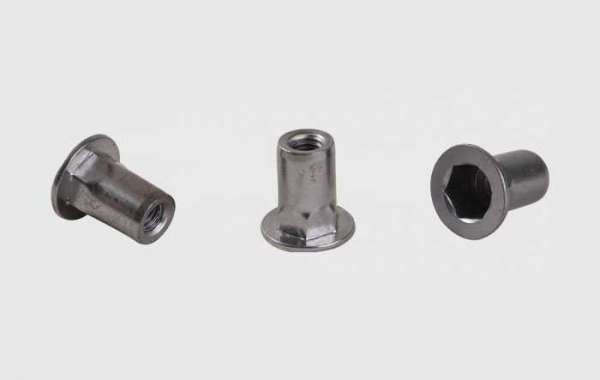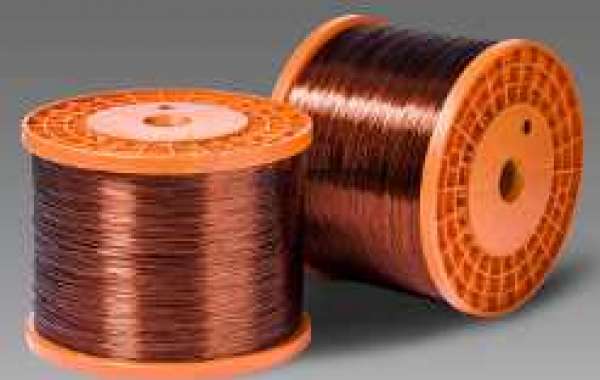As the use of rail transit fasteners increases, so does the demand for rail transit fasteners. Then, we will study the mechanical performance requirements and surface quality of rail transit fasteners correct.
Mechanical performance requirements: The mechanical properties of bolts, screws and studs after quenching and tempering should meet the requirements of 8.8, 10.9 and 12.9 bolts in GB/T 3098.1-2010.
**The energy absorbed is very small: According to the provisions of GB/T 3098.1-2010, H (high risk grade) bolts, screws and M16 and above stud bolts (10.9 and above) specified in TB/T 3246.1 -2010 for bolts , The impact test has been carried out on the bolts, screws and stud bolts of the specifications and length specified in this standard; the test temperature of the impact test is -50℃, the minimum absorbed energy KV, the minimum ≥27J
*The above-mentioned low-temperature impact energy requirements are mainly to meet the use requirements of high-speed EMUs under high cold conditions in winter.
Surface quality: 1. The decarburized layer of threaded parts should meet the requirements of the following table. 2. The surface defects of fasteners should meet the requirements of GB/T 5779.3-2010. 3. For "high risk grade" bolts, screws and studs, the manufacturer shall perform magnetic particle inspection after the thread processing of the bolts, screws and studs is completed (before surface treatment).
Fasteners such as rail transit fasteners and auto fasteners are still very important to our safety. Therefore, we need to maximize quality and materials. Of course, the guarantee of the craft is also essential. Yes, so we still need to continue to work hard to improve.








